|
If you have been to my classes or read some of my other blogs you’ll know that mindfulness is not just about attitude of the mind, but it is all informed by the attitude of the body, and especially the most fundamental aspects of physiology; like the breath. This blog is written to give you a breakdown of the techniques, but also the background philosophy - why would you bother to undertake a breathing practice? After all, it’s a natural bodily function that doesn’t require any conscious effort. I’ve notice that when people in my classes initially regulate the breath, interrupting the automatic function, they say it seems clunky or feels awkward - like we’d be better off leaving it alone. Yet, with mindful noticing they also sense changes in the body - calming and releasing of tension. I have found profound learning from playing with the breath - So here are my experiences and research. BREATHING FROM THE PAST Unconscious / automatic breathing is largely doing a good job for you (keeping you alive) and you can still potentially improve it, because it is inevitably conditioned by some experiences in your life that have formed mental associations. For example, you may notice your body / mind going into panic over a misspoken word with a colleague, which may unconsciously remind you of being rejected by an old friend - a painful memory buried in the subconscious. These memories are not conscious, so you only know something is out-of-sync with reality by noticing the physical reaction first. We tend to be unaware of the changes in our breathing that dramatically add to our emotional state. These daily occurrences of disproportionate reactions are fuelled by negative mental associations, and if we do not become aware of them and start working with then we add to them, gradually reinforcing the embodied reactions. STRESSFUL BREATH If you continue to act unaware of this, the body will eventually create pain or attain disease, which forces you to pay attention and change something. Continued ‘stressful breathing’ (like short sharp breaths, or shallow breaths) releases adrenaline and cortisol into the bloodstream unnecessarily, which stresses the body. Much like looking at your teeth and then brushing appropriately reduces the stress of tooth decay we can reduce stress by watching the breath, becoming more conscious of what situations or thoughts are associated with ‘stressful breathing’. This will tell you a lot about you mind and areas of ‘fear’ or avoidance. We can then alter the way we breathe.
TRAP If we remain unconscious of the breath patterns we often act on impulse. Here our reaction to rising emotional panic might be to ‘act out’ (including blaming something / someone else) or ‘retreat’ (which may include shutting down and therefore retreating inwardly). This is known as the fight or flight function of the instinctive and emotional brain (the amygdala). Indulging this can lead us into a T.R.A.P. of our own ignorance, where the following happens (and may have been happening for some time):
LEARN FROM EXCITEMENT, INCLUDING SPORTS We can learn and develop the ability to reprogram positive patterns in the mind and body. A good way to do this is to bring presence to any situation where breath changes due to excitement. As an example I’ll share where I first learned about conscious breathing - rock climbing! I learned this the hard way - trial and error in extreme situations. I would get to a dangerous moment on the rock, where, if overly focused on the dangers, I began to panic, then I’d be in serious trouble! (I had a couple of nasty falls). So I learned in these moments that the best initial response to the rising panic was to purposefully breath longer and smoother breaths. I would then direct my focus to my feet and hands, and my immediate surroundings, checking things were okay. Then I could more accurately assess the risks, from a place of relative calm objectivity, rather than emotional panic. At times I added more confidence boosting strategies like a mantra (a mind affirmation repeated over and over), or by verbalising ‘It’s ok, I’m ok” and telling myself what I was going to do next. I would literally talk myself through it! REPROGRAMMING Early warning signs that panic is rising can be found in the sensations of tension and the change of breath. By noticing breath when it becomes short & sharp or shallow, and respond with a little playfulness and presence we can program a reaction to any stress trigger. This is what I learned - to program in the following response to stress; I slow down for a moment and become B.O.L.D:
"The trick is to keep breathing" - Janice Galloway PERSEVERE WITH SOME OBJECTIVE PERSPECTIVE This can apply to normal life as much as it can extreme situations; imagine you are at work and you are trying to make headway with a difficult project, but you feel frustrated. Take a moment and notice your bodily sensations and your breath. Then, play with it; control your breath. This is essentially about changing something simple, partly to break the existing pattern. The simplest thing to change is focus and breath. However, changing your physical location and posture can also aid this transition to calm, so if it helps, get up from the desk and do this in a different place. This will give you better perspective to objectively assess and then refocus. At first it might seem to make things worse. This is for two main reasons:
TAKE IT EASY The trick is to bring in an element of playfulness and ease - don’t try too hard or you will simply add to the panic. Gradually the automatic response to the trigger of shallow / holding breath patterns becomes more healthy Shortly after you can create a habit of opening up or dropping negative thinking with mini moments of objectivity - meditation, for example. This calms the physiology of the body, lowers adrenaline and cortisol level and oxygenates the blood, ready for refocusing on calm action. This will also help the body and mind stay healthy and balanced. LOOKING AHEAD: IT’S NOT WHAT YOU DO, BUT HOW AND WHY YOU DO IT. The psychological aspect to breathing well can be as important and the physiological (depending on your background beliefs and attitude). You could create a nocebo effect as a result of cynicism - that is, you may counteract any positive effect the breathing may give you by giving too much weighting to your opposing concepts and beliefs, rather than being willing to try the experience. In this instance conscious breathing will probably result in wasted energy and perhaps even more negative thinking and emotion. So don’t do it if your mind is in resistance - don’t force it. PLACEBO OF BELIEF Conversely a placebo effect may give you some short-term benefits, but if you assign too much weighting to this one thing then you are in danger of becoming fixated on one tool as a ‘magic bullet’. Placebo is a powerful product of mind beliefs, yet without presence (noticing & objectively) of the mind and body you could become ignorant of the changing reality of your life situation and hide other useful truths from yourself. A good example is rock climbing again - if one becomes overly confident through the use of breath, visualisation and boldness, one may go too far and take on a challenge that exceeds ones ability, and then have a nasty accident. MY EXPERIENCE - FIND THE BALANCE For me an approach of openness, awareness and playfulness yields good results. I like to imagine the breath healing me (which it does, scientifically proven) and I imagine warm feelings as I breath - visualising the oxygen enlivening my cells. These are things that may not be real, but which are helpful. I may imagine light pouring in, or a mantra as I breath like “It’s ok, I’m ok.” I can then more clearly imagine what I want - visualising it, whilst being sensitive to my body (which will tell me if what I am imagining is unrealistic, by manifesting tension). This is an ‘intuitive’ way and for some people the ‘logical’ way makes more sense. A highly scientific and sceptical mind may require more quantitative research before integrating a new practice - which may (or may not) remove mental barriers to trying this willingly. This is neither good nor bad and I always encourage thinking for oneself and I try to present these blogs not as facts, but as experiences and opinions. “Remember to breathe. It is after all, the secret of life.” POTENTIAL BENEFITS It’s hard to disentangle this subtle level of placebo that the positive thinking adds, so I don’t worry too much and I enjoy the benefits, aware that my psychology is partly responsible, and occasionally questioning myself or being open to other perspectives. I have researched and found the potential benefits that regular practice of relaxed yet conscious, slow breathing can have:
All of these are potential, because there are a lot of factors at play, not least of which include diet, mental attitude, hydration levels, nuanced context of external stressors. For example, when at the office and noticing the breath during a break t may also be useful to notice if you are thirsty, hungry, sleepy or need the loo. These are important physiological needs that may also be affecting the breath and negative thinking. Nonetheless, as a simple and effective tool I have found breathwork to be invaluable. IS IT EMBARRASSING? It can be, depending on the environment you are in. It may be inappropriate to meditate at your desk and start breathing deeply. So take yourself elsewhere to do this. There is a theory by Dan Harris that the in the next decade meditation (which often involves breathing in stillness with your eyes closed, noticing the breath and the body) will be as accepted as jogging is (in comparison to how it was viewed 30 years ago - as a fad). So for now, find a place to do this where you feel safe. CAN TECHNOLOGY HELP? Yes - one of the great modern devices, the smartphone, now has access to thousands of free apps, that really help. I have done a quick review of the top 10 free iPhone apps: 5. Nirvana Fitness: breathing fitness to music. The idea is nice, breathing in different timings to music, which can work, but I found it a little clunky and has a lack of options on the free mode. 4. 3 Minute Mediation: A mix of breathing styles, but only 1 or 2 offered on the free model and the timer is, in my opinion, unattractive and difficult to follow. 3. Pranayama Free: An interesting concept with a 3d model of the body and lungs to show you exactly what should be going on inside as you breathe. I quite liked it, but again had very limited options. 2. Deep Breathing Exercises: This had a funny star shaped timer, which was ok, with nice back music and lots of options. It had more ads than other apps, which bugged me. 1. Breathe Deep: My favourite of the apps with lots of options and personalisation. Simple graphics and quick to load. I use this last app occasionally when I’m working, in my breaks, because it takes away some of the energy input required to do the breathing work and trains in accurate regulation. The downsides are that sometimes I’m not really paying attention to my body as I breathe and I think that presence is helpful to optimize the process and get the most benefit. 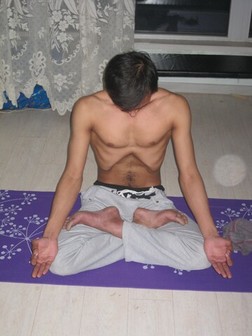 WHAT ARE THE COMMON BREATHING METHODS? Below I have outlined some popular techniques, all of which I’ve tried, some of which for more than a few months. Feel free to skim them at first to see the breadth of possibility. Some of these have been pioneered by the practice of yoga Prāṇāyāma is a Sanskrit word alternatively translated as "extension of the prāṇa (breath or life force)" or "breath control." The word is composed from two Sanskrit words: prana meaning life force (noted particularly as the breath), and either yama (to restrain or control the prana, implying a set of breathing techniques where the breath is intentionally altered in order to produce specific results). This is well used and researched and utilises the concept of Chakras (energy point or nodes in the body, of which there are though to be seven major chakras, which are arranged vertically along the axial channel, from the base of the pelvis to the top of the head). These are not conclusively proven in science. There are several techniques but these are the most common: Ujjayi breathing "the ocean breath". Unlike some other forms of pranayama, the ujjayi breath is typically done in association with asana practice (varied postures designed to stretch and exercise the whole body). Ujjayi is a diaphragmatic breath, which first fills the lower belly (activating the first and second chakras), rises to the lower rib cage (the third and fourth chakras), and finally moves into the upper chest and throat. The technique is very similar to the three-part Tu-Na breathing found in Taoist Qigong practice:
Kapal Bhati Pranayama or Skull Shining Breathing Technique is about calming and bringing your focus into the present moment. It goes like this:
Alternate Nostril Breathing Technique (Nadi Shodhan Pranayama) which is supposed to bring balance through alternating sides and it works as follows:
SOME WESTERN STYLES I'VE TRIED Whilst yoga uses the belief structures or concepts of Chakras other techniques have been pioneered in the west using scientific research. Remember we are unique and what works for one person may not be universal. Self- experimentation is key, in my opinion. Wim Hoff method. The Dutch man Wim Hof is a charismatic teacher of mind-body techniques and a record breaker for endurance, commonly nicknamed "The Iceman" for his ability to withstand extreme cold, which he attributes to exposure to cold, meditation and breathing techniques (similar to the Tibetan technique Tummo). He worked closely with scientists around the world to prove that his techniques work. A 2014 study published in the Proceedings of the National Academy of Sciences (USA) claims that by consciously hyperventilating, Wim can increase his heart rate, adrenaline levels and blood alkalinity. The report concludes “These results could have important implications for the treatment of conditions associated with excessive or persistent inflammation, such as autoimmune diseases.” The breathing element is as follows:
Box/Square Breathing (or other timings): origin unknown, but used by well researched practitioners like Dave Asprey
Buteyko Breathing is something quite different, that I experimented with this year. It was developed in the 80’s in Russia by Dr Konstantin Buteyko, as a cure for asthma, based on the premise that one of the causes of asthma is over-breathing (hyperventilation), particularly through the mouth, which, according to the theory, causes too much O2 and then inflamed airways as the body’s defence. So therefore the system involves shallow breathing through the nose in order to promote increased clean air intake and increased carbon dioxide in the lungs, and therefore improving the balance of O2 in the blood. This process can be quite stressful and it is not recommended to try this alone and without expert help, for fear of passing out. The independent did an interesting article on it, which shows successful cases, but also discusses the the reason it isn’t popular is partly due to some scientists dispute the physiological claims that the Buteyko practitioners teach. www.buteyko.co.uk/
Anger is like a storm rising up from the bottom of your consciousness. When you feel it coming, turn your focus to your breath. - Thich Nhat Hanh CONCLUSIONS Whatever you decide to do, take it easy. I would suggest giving a few slow, deep breaths a go next time you notice you are stressed or stuck. Changing one thing can alleviate stress just long enough for your mind to think clearly again. My practice has evolved by trying all of these and now do a mixture of the Wim Hoff breath to energise me, the box breathing to calm me into focus and just simple deep, conscious breaths whenever I notice I’m stagnant or tense. Being B.O.L.D (Breathing, Objectivity, Looking up ahead, Doing it) has reprogrammed my mind to more easily come back to the present moment and then into a clearer focus. Give it a go, with care, playfulness and presence. An inspiration - a long, deep breath of the pure air of thought - could alone give health to the heart. - Richard Jefferies
3 Comments
|
AuthorsNeil Morbey is a meditation teacher, group facilitator and inspiration guide for Positively-Mindful.com Blog Index
Archives
May 2024
|
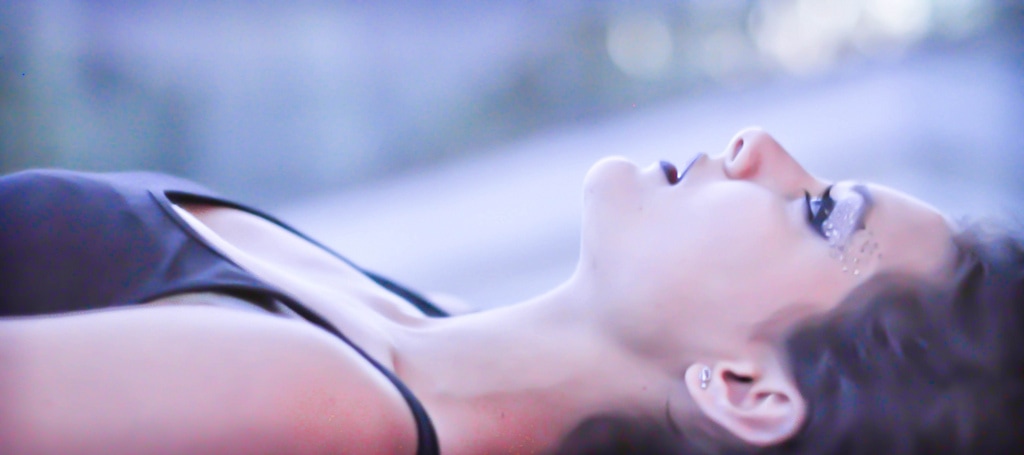
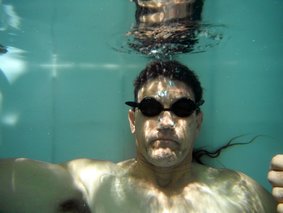
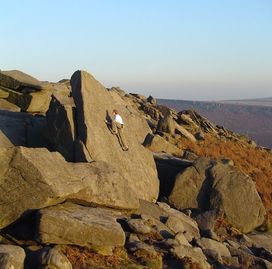
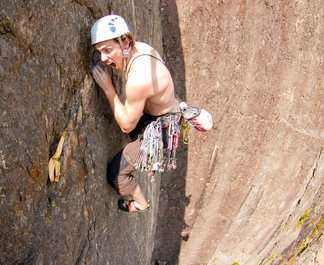
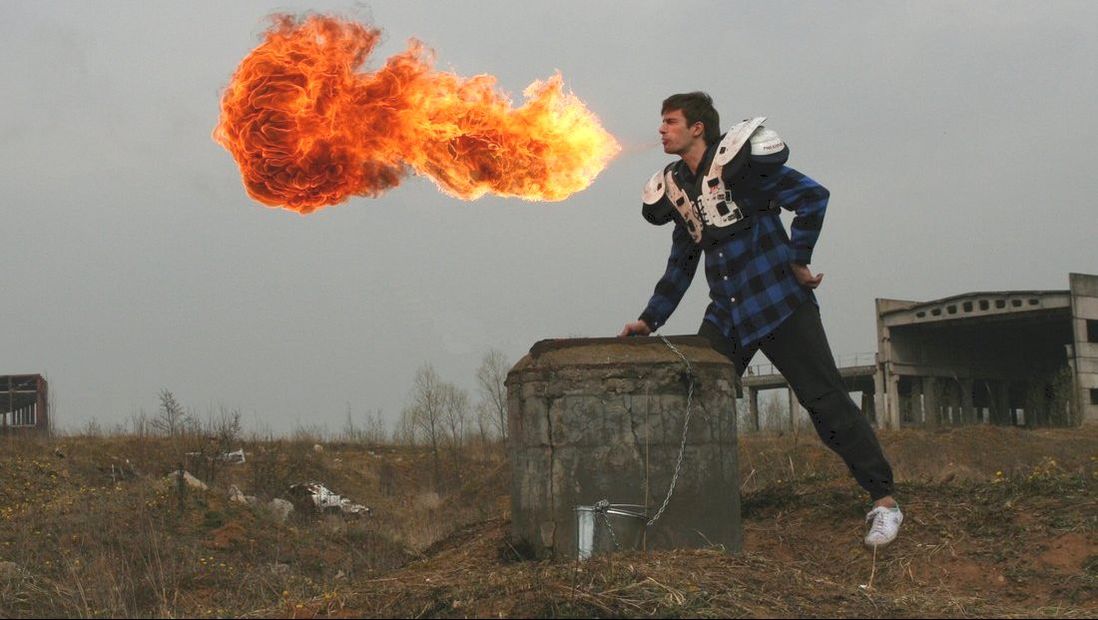
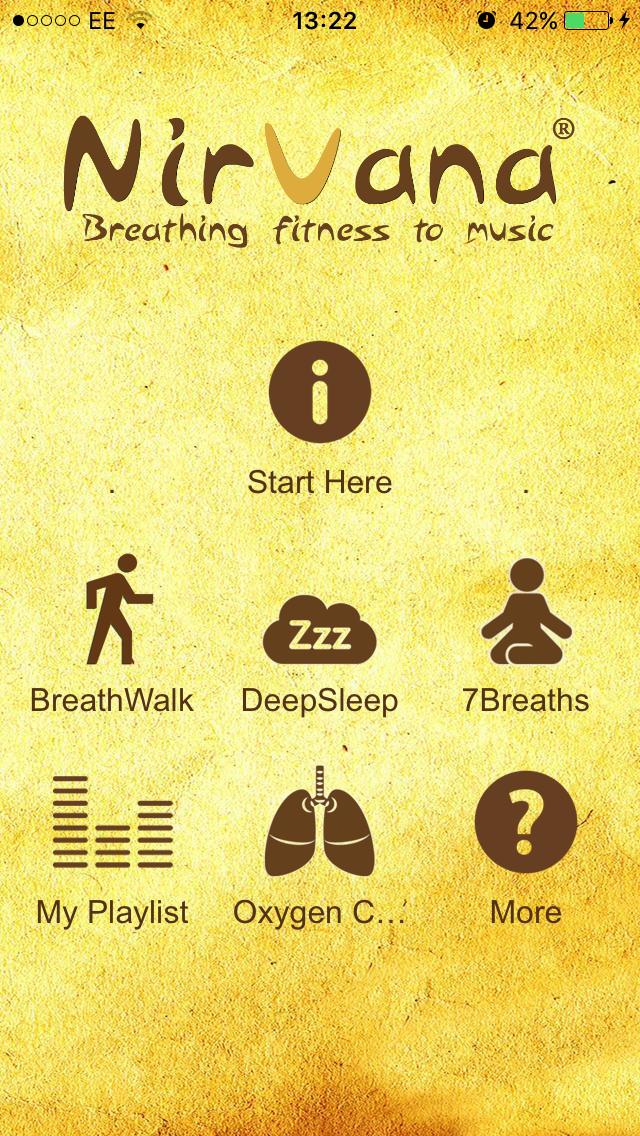
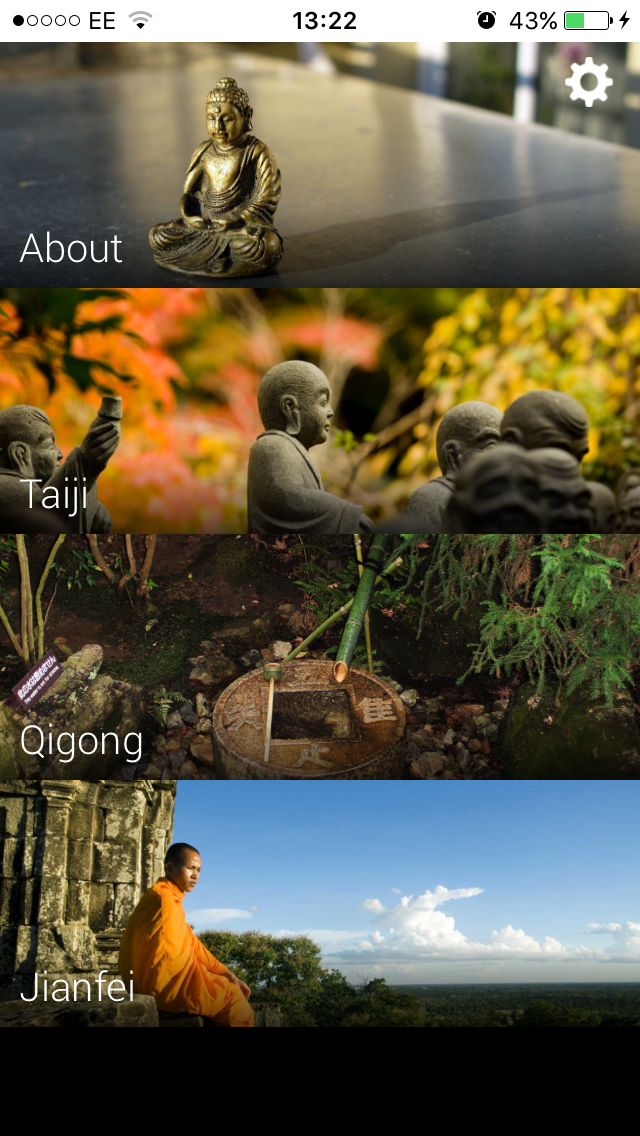
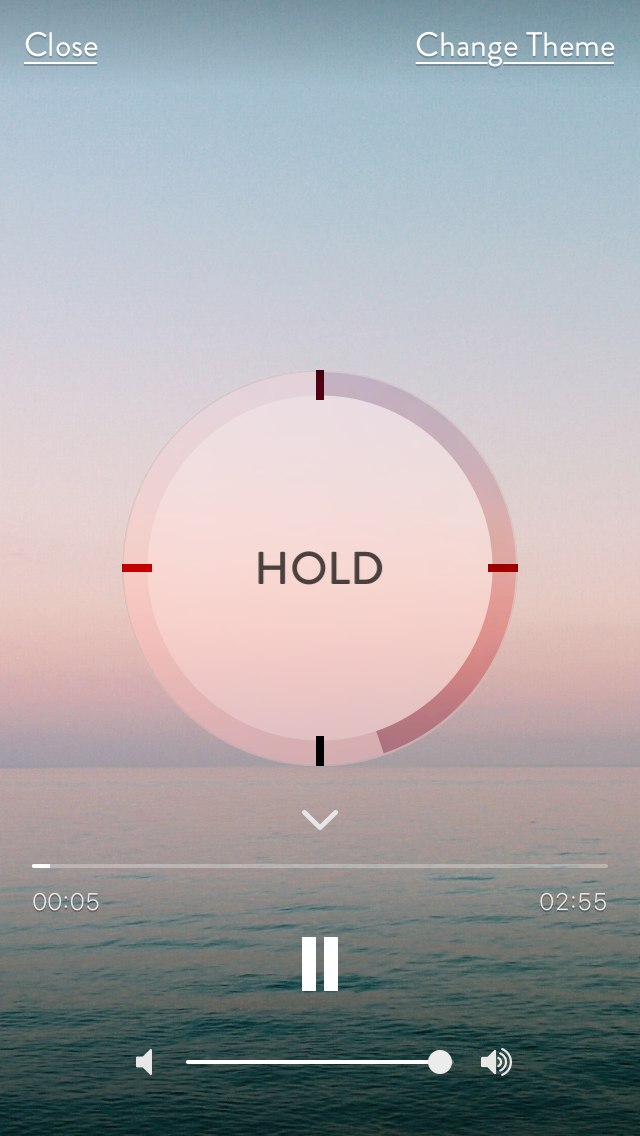

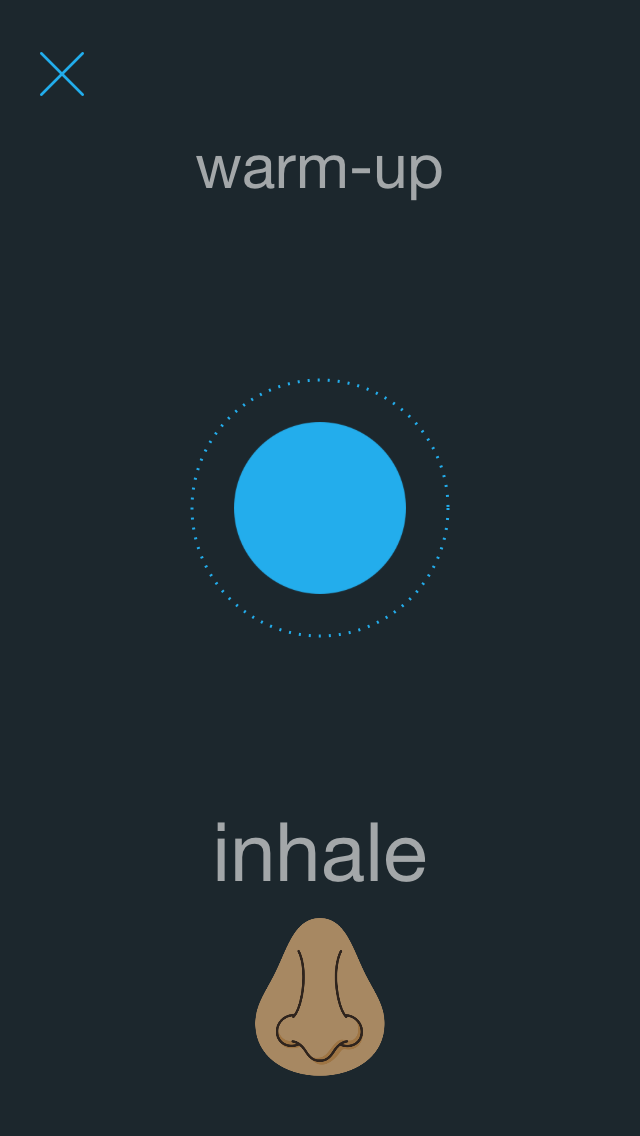

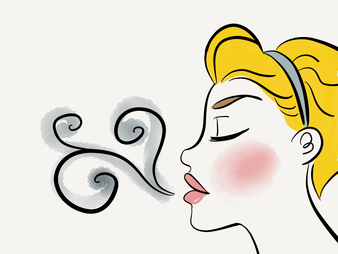
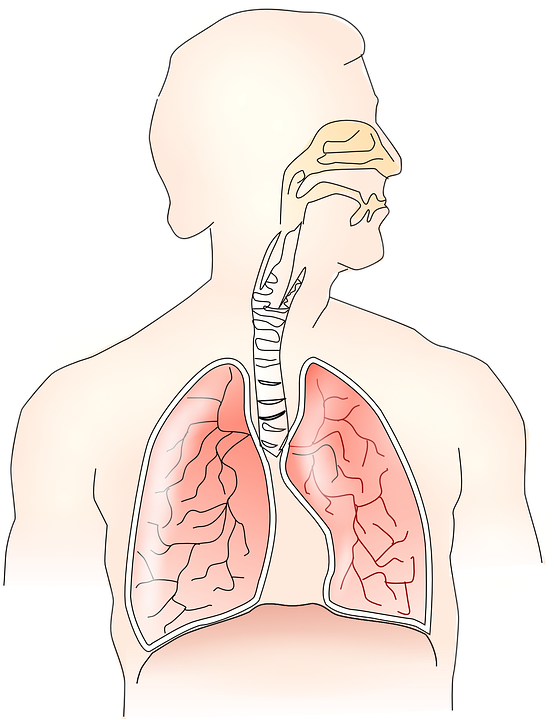

 RSS Feed
RSS Feed